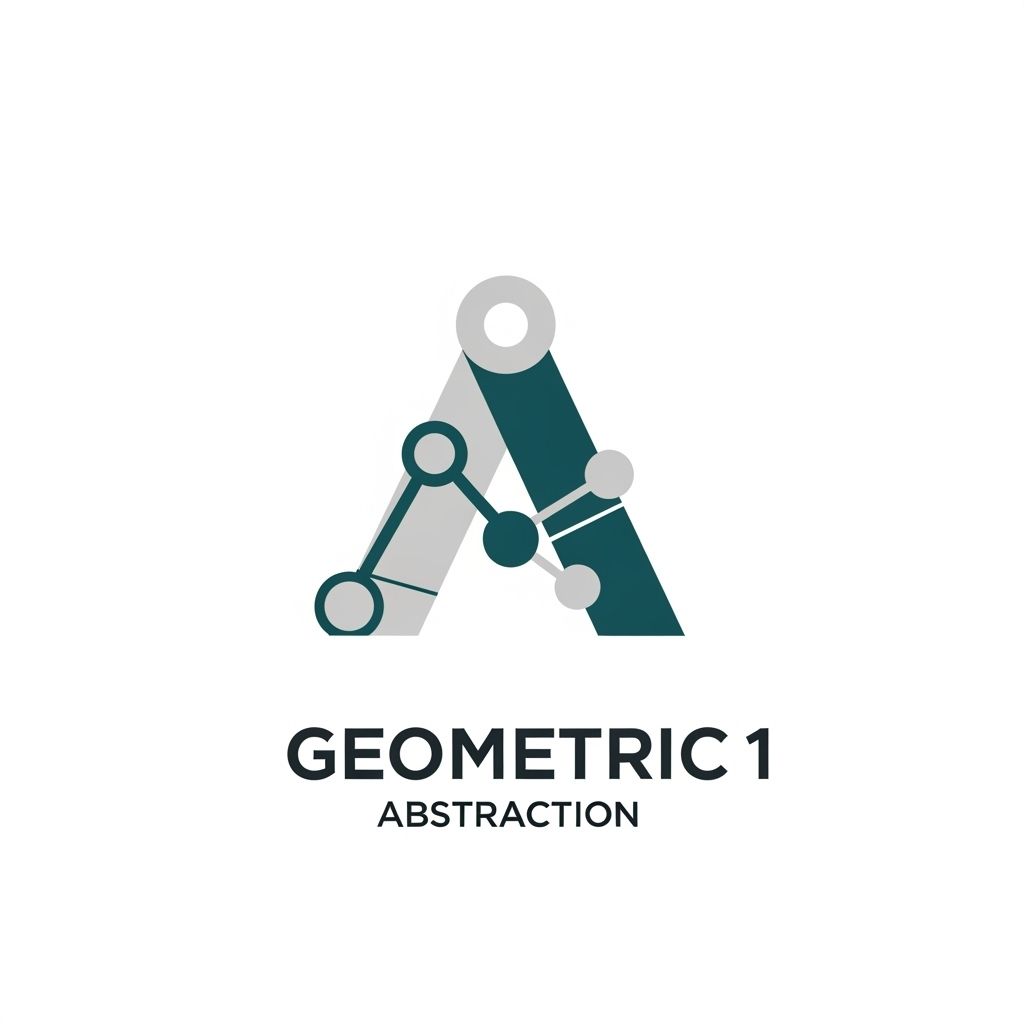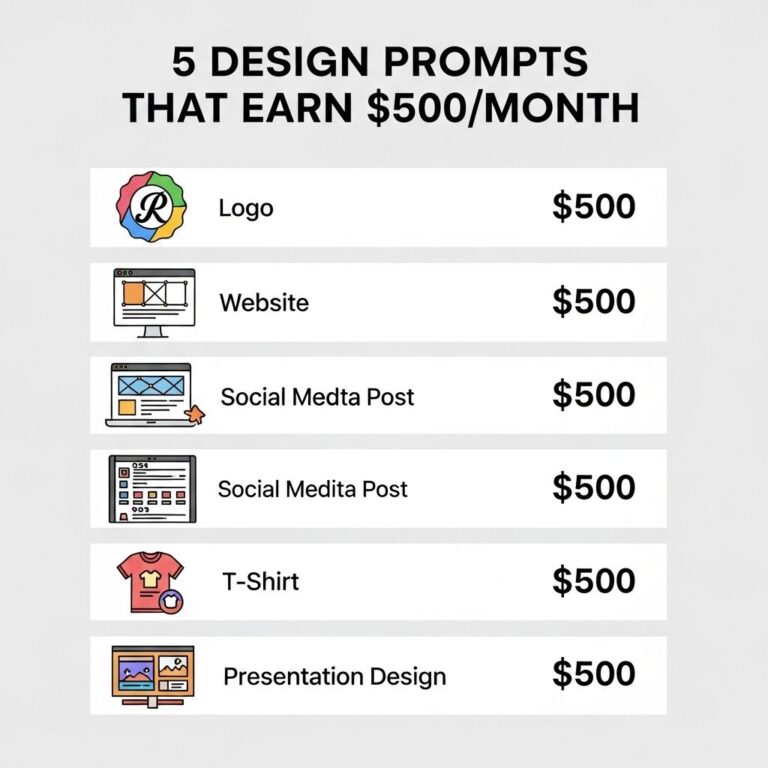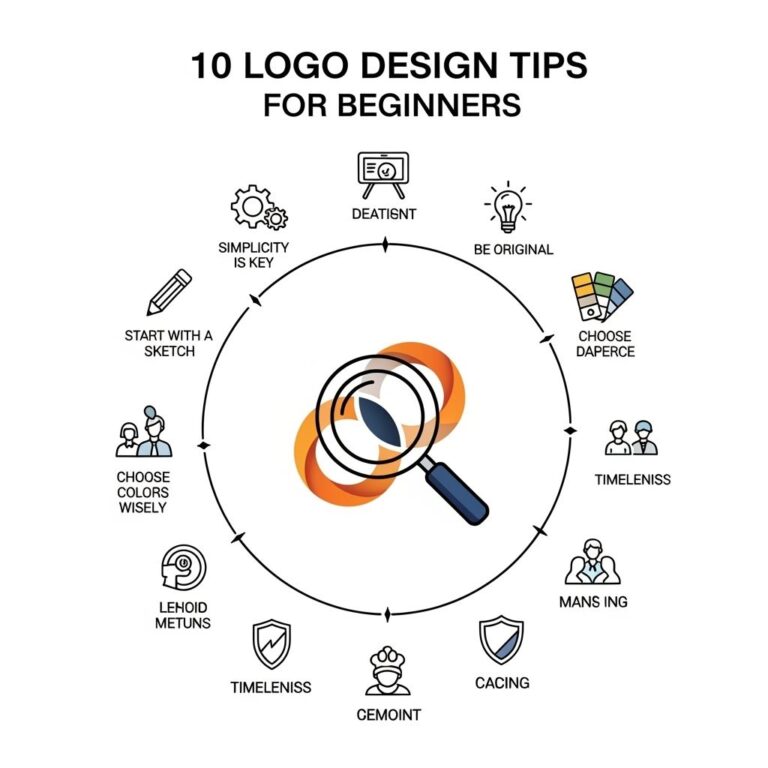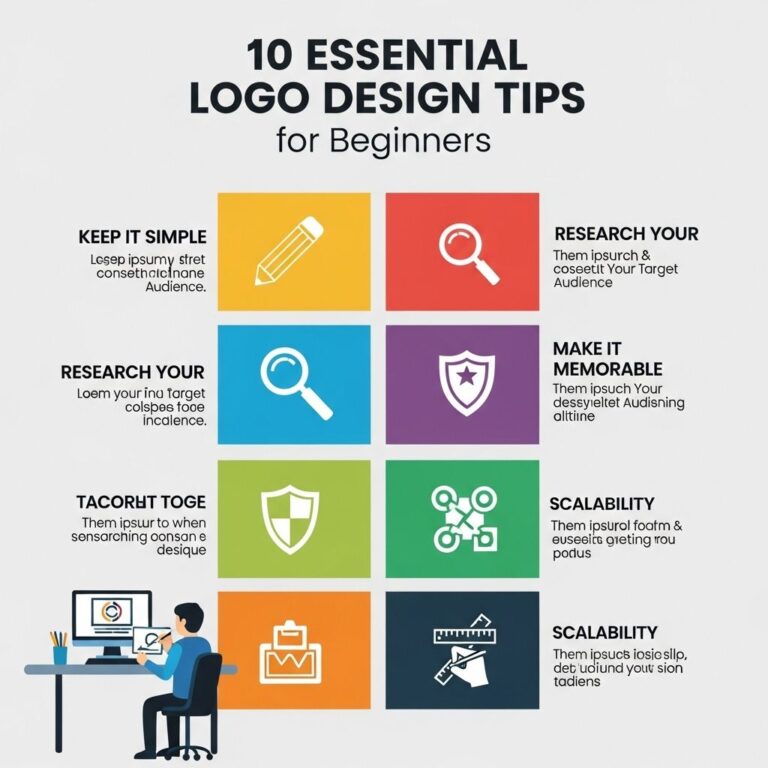In the ever-evolving world of design, minimalism continues to stand out as a powerful aesthetic. As we approach 2025, the trends in minimalist logo design are expected to shift, emphasizing simplicity, functionality, and a strong brand message. This article explores ten innovative ideas for minimalist logo designs that can pave the way for a more refined visual identity.
Table of Contents
1. Geometric Shapes
Geometric shapes have always been a staple in minimalist design. They convey a sense of structure and order, making them ideal for modern logos. Here are some considerations:
- Using basic shapes like circles, squares, and triangles can create a powerful visual impact.
- Combining these shapes in unique patterns can result in a memorable logo.
- Consider alternating between filled and outlined shapes for added depth.
2. Negative Space
Negative space is a clever design technique that utilizes the empty space around and between shapes to create an image or symbol. This approach can lead to visually striking logos that engage viewers. For effective utilization:
- Identify shapes or icons relevant to the brand.
- Incorporate negative space to form letters or hidden symbols.
- Aim for subtlety; the best designs often tell a story when closely examined.
3. Monochrome Designs
Color can enhance a logo, but a monochrome palette—using only black and white—can produce a timeless and elegant look. Benefits of monochrome logos include:
| Advantages | Example Brands |
|---|---|
| Versatility | Chanel |
| Timelessness | Nike |
| Easy to reproduce | Adidas |
4. Custom Typography
Custom typography can set a brand apart from competitors. By designing original typefaces, brands can create logos that are both unique and memorable. Consider the following tips:
- Limit the number of typefaces to maintain simplicity.
- Experiment with letter spacing and line height for a more modern look.
- Choose a typeface that reflects the brand’s personality; for example, rounded fonts for a friendly vibe or sharp fonts for a more professional appearance.
5. Abstract Symbols
Abstract symbols are open to interpretation and can convey complex ideas in a simple form. When designing abstract logos:
- Focus on representing the brand’s core values.
- Experiment with different shapes and colors to find a unique representation.
- Ensure clarity; the logo should be recognizable even at small sizes.
6. Minimalist Icons
Icons simplify complex concepts and are increasingly popular in minimalist logos. These icons should be:
- Simple and easily recognizable.
- Relevant to the brand’s industry or message.
- Scalable to work in various sizes without losing detail.
7. Line Art
Line art is a minimalist style that uses simple lines to create elegant illustrations. This technique can add sophistication to a logo while keeping it simple. Consider these tips:
- Keep the design uncomplicated; avoid overly intricate details.
- Use varying line weights to create visual interest.
- Pair line art with text for a cohesive design.
8. Flat Design
Flat design eliminates three-dimensional elements and gradients, focusing instead on simple shapes and colors. To implement flat design in logos:
- Choose a limited color palette for a clean aesthetic.
- Use bold, contrasting colors to make elements stand out.
- Avoid textures and shadows to maintain a flat appearance.
9. Dynamic Logos
Dynamic logos change based on context, providing flexibility and adaptability. This trend is gaining traction as brands seek to engage with consumers in unique ways. Considerations for dynamic logos include:
- Creating variations for different platforms or applications.
- Ensuring that the core elements of the logo remain consistent.
- Utilizing motion graphics for digital applications to enhance engagement.
10. Eco-Friendly Themes
As sustainability becomes a priority for many brands, eco-friendly themes in minimalist logos will likely emerge. Key considerations include:
- Incorporating natural elements, such as leaves or earth tones.
- Emphasizing the brand’s commitment to sustainability through design.
- Using recyclable materials in logo printing and reproduction.
Conclusion
The minimalist trend in logo design is poised for exciting developments in 2025. By embracing geometric shapes, negative space, monochrome palettes, and other innovative ideas, designers can create logos that not only capture attention but also resonate with audiences on a deeper level. As brands evolve, the importance of a strong, simplistic visual identity will continue to grow, making it essential for designers to stay ahead of the curve. By exploring these ten minimalist logo design ideas, businesses can effectively convey their identity while appealing to a tech-savvy audience that values both simplicity and sophistication.
FAQ
What are the key characteristics of a minimalist logo design?
Minimalist logo designs typically feature simple shapes, clean lines, and limited color palettes, focusing on clarity and versatility.
Why should I consider a minimalist logo for my brand in 2025?
A minimalist logo is timeless and versatile, making it easier for your brand to adapt to various platforms and media while maintaining a strong visual identity.
How can I create a memorable minimalist logo?
To create a memorable minimalist logo, focus on a strong concept, use negative space effectively, and ensure that your design communicates your brand’s core message.
What are some popular color trends for minimalist logos in 2025?
In 2025, popular color trends for minimalist logos include muted tones, monochromatic schemes, and bold accent colors that enhance simplicity without overwhelming the design.
Can a minimalist logo be effective for any type of business?
Yes, a minimalist logo can be effective for any type of business, as its simplicity allows for easy recognition and adaptability across various industries.
What are some examples of successful minimalist logos?
Successful minimalist logos include those from brands like Apple, Nike, and Google, which use simple designs to convey their brand identity effectively.









